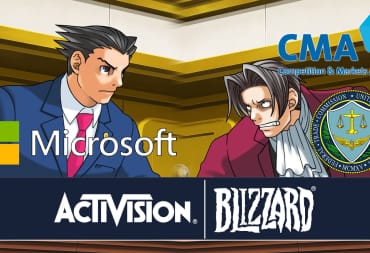September is here and for most people that means back-to-school. Personally, I never enjoyed those “how I spent my summer vacation” assignments teachers would give out. But if I had to complete one honestly right now, I would have to mention how I spent July 8th – July 21st enthralled by The International 2014.
The International 2014 was the fourth installment of the annual Dota 2 championship event. Hosted by the Valve Corporation it featured 19 international teams going for a first place prize of $5,026,022 USD and a total prize pool of $10,926,134 USD. The major headline for the event was the prize pool and rightfully so for two major reasons. The first being retrospective, becoming a millionaire in front of crowds at Key Arena for playing video games seems almost in a different universe from the days of slapping down crinkled bills onto a sticky mountain dew and coffee soaked table for entry fee into a LAN event. The second being the growth rate. According to e-sports earnings, TI 2014 was the largest prize pool in e-sports history and 3.8 times the second largest prize pool which was TI 2013. To put that into perspective with more traditional sports, TI 2014 prize pool was bigger than the 2014 Masters Tournament ($9 mil), the 2014 Tour De France ($2.6 mil), and the 2014 Kentucky Derby ($2.1 mil).
Money aside, what had me impressed was the internal and external coverage the event had. I can distinctly remember a moment of sitting on my living couch watching a HD stream of TI 2014 on my TV, taking in the production value, the effort by staff, the announcers, just everything and having to tell myself I wasn’t watching a NHL, MLB, or NFL game and this was really just coverage of people playing video games. Granted, the entire production of the event wasn’t perfect, it had its hiccups, overall it wasn’t on the same level as major TV sports productions, but for what it was, it was damn good.
For internal coverage Valve stepped up their game from previous years. They had spoiler free DVR, so you could pause, rewind, or catch up with the games at a later time without having the games spoiled, which was nice for a tournament this long and with so many games. They also had a live multicast which had an announcer taking you in and out of live games to show you the big plays and moments from the games when there was simultaneous games being played. In addition to having announcers in multiple languages they also had an English new comers stream which explained and pointed out the fundamentals so people without a deep knowledge of the game could still enjoy watching professional level play. Also each game had at least 3 ways to watch, a stream on Valve’s website, a stream on Twitch.tv, and in-client to spectate any game.
 The external coverage was exciting as well. ESPN3, which is ESPN’s online streaming service, held coverage throughout the tournament and there was even a small special/documentary about the tournament run on ESPN2. A source from ESPN claimed that TI4 hit satisfactory viewership, however ESPN has not committed to further eSports coverage at this time. In addition to all the streaming coverage, it was exciting for all the fans at the sold out Key Arena to witness the main event in person. There were also Pubstomps taking place around the world, which are essentially viewing parties. Although most of them took place in gamer friendly locales, some of them actually took place in “normal” bars. Imagine going to a sports bar and being able to watch competitive play of your favorite game ? That’s something I certainly wouldn’t have predicted.
The external coverage was exciting as well. ESPN3, which is ESPN’s online streaming service, held coverage throughout the tournament and there was even a small special/documentary about the tournament run on ESPN2. A source from ESPN claimed that TI4 hit satisfactory viewership, however ESPN has not committed to further eSports coverage at this time. In addition to all the streaming coverage, it was exciting for all the fans at the sold out Key Arena to witness the main event in person. There were also Pubstomps taking place around the world, which are essentially viewing parties. Although most of them took place in gamer friendly locales, some of them actually took place in “normal” bars. Imagine going to a sports bar and being able to watch competitive play of your favorite game ? That’s something I certainly wouldn’t have predicted.
The lingering question is if TI4 was the moment when eSports and competitive play finally broke outside the community that defines it and into the larger public realm. I can’t really answer that, because to me that is a question you answer looking back, and not looking at the present and what lies ahead. There are those who would criticize me for even bringing up the question, citing examples of past events and coverage. But I say to those people, don’t you wish the smaller competitive play that you follow for your favorite games got the same treatment as Dota 2 did for TI4? Or if I am getting ahead of myself and eSports isn’t even close to breaking and TI4 is really setting the bar that low, then when it does break its going to be awesome.
So back to the kid doing his “how I spent my summer vacation” assignment. Maybe not this fall but in a fall to come there is a kid who is going to do that assignment and when he writes about being a spectator or even a competitor in an eSports event, its not going to seem out-of-place. And to me, that future looks good.
Have a tip, or want to point out something we missed? Leave a Comment or e-mail us at tips@techraptor.net













